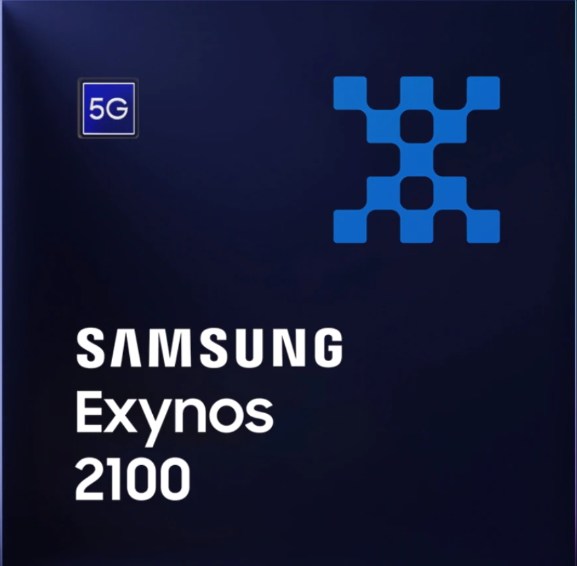Samsung Exynos 2100 vs Apple A14 Bionic
We’ve created an extensive comparison of the latest
Exynos 2100 vs A14 Bionic
SoCs, manufactured by
Samsung and Apple respectively. We’ve assessed
the strengths and weaknesses of these
8-core and 6-core
processors based on Geekbench, Antutu,
and 3DMark results, along with a detailed
look at their technical specifications.
Review
General comparison of performance, power consumption,
and other
indicators
CPU Performance
Evaluation of Single-Core and
Multi-Core Processor Performance
Gaming Performance
Gaming and OpenCL/Vulkan
Performance of the Graphics Processing Unit (GPU)
Battery life
Energy Efficiency in Battery Usage
Tech Insist Score
Overall Performance Rating of the
Chip
Key Differences
Main differences and advantages of each chip
Pros of Exynos 2100
Pros of A14 Bionic
Benchmarks
Evaluating performance through competitive testing in
leading benchmarks.
AnTuTu 10
The AnTuTu Benchmark evaluates CPU, GPU, RAM, and I/O
capabilities across various scenarios.
CPU
202484
203493
GPU
285430
284242
Memory
123653
131989
UX
140161
131211
Total score
751728
750935
GeekBench 6
The GeekBench test shows raw single-threaded and
multithreaded CPU
performance
3DMark
A cross-platform benchmark that assesses graphics
performance in Vulkan
(Metal)
3DMark Wild Life Performance
Stability
66%
77%
Graphics test
33 FPS
50 FPS
Score
5655
8375
Specifications
Full list of technical specifications of Exynos 2100 and Dimensity
9300
Architecture
1x 2.9 GHz – Cortex-X1
2x 3.1 GHz – Firestorm
Cores
8
6
Base Frequency
2200MHz
1800MHz
Turbo Frequency
2900MHz
3100MHz
Instruction set
ARMv8.4-A
ARMv8.5-A
L2 cache
-
128 KB
L2 cache
-
8 MB
L3 cache
-
-
Process
5 nanometers
5 nanometers
Transistor count
-
11.8 billion
TDP (Sustained Power Limit)
9 W
6 W
GPU name
Mali-G78 MP14
Apple A14 GPU
Architecture
Valhall 2
-
GPU frequency
760 MHz
-
Pipelines
14
4
Shading units
224
-
Total shaders
448
-
FLOPS
976 Gigaflops
998 Gigaflops
Vulkan version
1.1
-
OpenCL version
2
-
DirectX version
12
-
Neural processor (NPU)
AI Engine with Triple-core NPU and DSP (26 TOPS)
Neural Engine
Memory type
LPDDR5
LPDDR4X
Memory frequency
3200 MHz
2133 MHz
Bus
-
-
Max bandwidth
51.2 Gbit/s
34.1 Gbit/s
Max size
16 GB
6 GB
Storage type
UFS 3.1
NVMe
Max display resolution
4096 x 2160
2732 x 2048
Max camera resolution
1x 200MP, 2x 32MP
-
Video capture
8K at 30FPS, 4K at 120FPS
4K at 60FPS
Video playback
8K at 60FPS
4K at 60FPS
Video codecs
H.264, H.265, AV1, VP9
H.264, H.265, Motion JPEG
Audio codecs
AAC, AIFF, CAF, MP3, MP4, WAV
AAC, AIFF, CAF, MP3, MP4, WAV, AC-3, E-AC-3, AAX, AAX+
Modem
Exynos Modem 5200
-
4G support
LTE Cat. 24
LTE Cat. 18
5G support
Yes
Yes
Download speed 5G
Up to 7526 Mbps
Up to 7500 Mbps
Download speed 4G
Up to 3072 Mbps
-
Upload speed 5G
Up to 3758 Mbps
Up to 2500 Mbps
Upload speed 4G
Up to 422 Mbps
-
Wi-Fi
6
6
Bluetooth
5.2
5.0
Navigation
GPS, GLONASS, Beidou, Galileo, NAVIC
GPS, GLONASS, Beidou, Galileo

